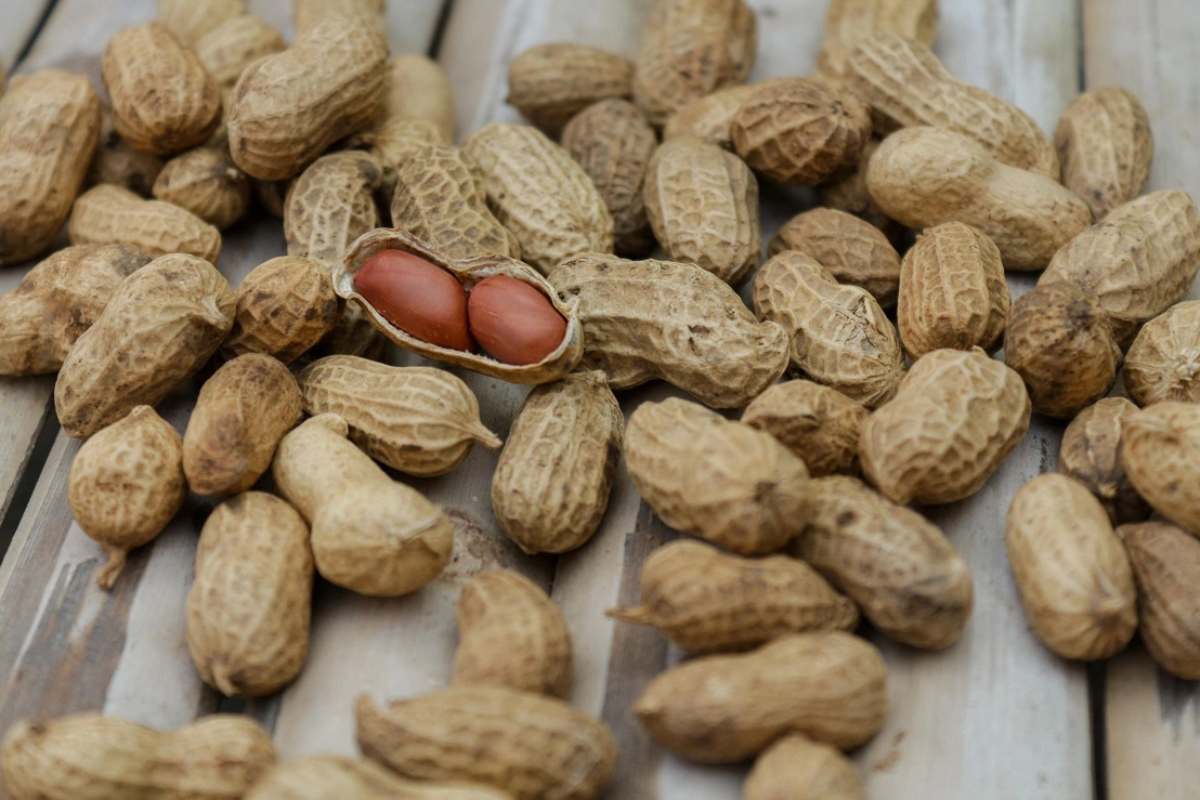Scientists demonstrated the potential of X-ray radiography for a rapid and non-destructive determination of key market-related traits.

ICRISAT uses X-ray radiography for an efficient method to quantify commercially important traits in unshelled peanuts. (Supplied)
Assessing the quality of peanuts without deshelling them has been a time-consuming and labour-intensive process. It now has a solution.
For the first time in India, Hyderabad-based International Crop Research Institute for the Semi-Arid Tropics (ICRISAT) used X-ray radiography to efficiently quantify the commercially important traits in unshelled peanuts.
The study, led by a team of scientists from ICRISAT and the Fraunhofer Development Center for X-ray Technology (EZRT) at Fürth, Germany, demonstrated that rapid and non-destructive determination of key market-related traits of peanuts in their pods is possible.
“ICRISAT crop researchers pointed to the important gaps frequently restraining the Indian farmers from reaping the benefits of their hard labour, and researchers from rapid breeding of improved crops, Dr Stefan Gerth, Head of Department, EZRT said in a statement.
“The collaboration helped us to adapt our technology so that the gaps can be closed,” he added.
As a result, the peanut pods’ evaluation process has become more time and labour efficient. What took three-five skilled workers 30 minutes can now be done by a single technician in two minutes.
The research enables the accurate and timely evaluation of the peanut pods for important market-related characteristics such as kernel weight or shelling percentage from the X-ray scan of whole unshelled peanut pods.
The computer tomography (CT)-system enabling such analysis is available at ICRISAT headquarters in Hyderabad.
Dr Sunita Choudhary, Scientist, Crop Physiology and Modelling, Accelerated Crop Improvement Program, ICRISAT said that the use of X-ray-based technology can revolutionise agriculture research.
The research has relied on age-old manual or time-consuming laboratory testing methods for determining crop post-harvest traits.
As part of the study, AI-based algorithms were developed to accurately estimate physical traits from X-ray radiographs of whole peanut pods.
Due to its success, X-ray radiography-based methods are being integrated into groundnut breeding pipelines.
The statement said that groundnut breeders at ICRISAT now spend a fraction of the usual time taken and can scan up to 100 samples in a day to pick the best variety for the season.
Dr Janila Pasupuleti, Cluster Leader – Crop Breeding, ICRISAT, said, advanced image processing algorithms for ‘virtual shelling’ are standardised for estimating shelling percentage, kernel numbers and mass.
“We are expanding these algorithms for estimating the seed-size distribution and others. So, one X-ray scan used for determining multiple traits is more cost and time-efficient than the manual process,” Dr Pasupuleti added.
The processing algorithms that allow ‘virtual shelling’ are also being explored for feature evaluation of various other crops such as rice, oats and barley, and pigeon pea.
“We are also exploring the usage of X-ray radiography and tomography–based methods for testing seed embryo viability,” said Dr Sunita Choudhary, Scientist, Crop Physiology and Modelling, Accelerated Crop Improvement Program, ICRISAT.
“In gene banks, a large number of precious seed samples need to undergo germination tests to check the seed viability every few years,” she added.
The study demonstrated that X-ray radiography has the potential for in-field evaluation of farmers’ produce, as recommended by the International Committee for Food Value and Safety.
A portable X-ray imaging system will be useful in grain value chains where assessing the economic value of grain is time-consuming.
ICRISAT and EZRT will work together to facilitate the necessary tech transformation of such grain value chains soon, the statement added.
“Substituting the manual procurement methods with the use of suitable technology could standardise and accelerate the procurement process in the future. It also allows fair procurement cost estimation for the primary producers and all stakeholders across the value chain” Dr Jana Kholova, Cluster Leader Crop Physiology and Modelling, ICRISAT, said.

Apr 26, 2024

Apr 26, 2024

Apr 26, 2024

Apr 26, 2024

Apr 26, 2024

Apr 26, 2024